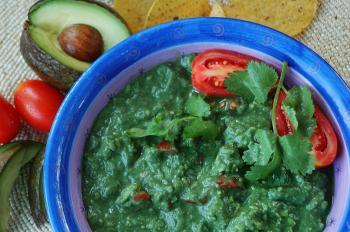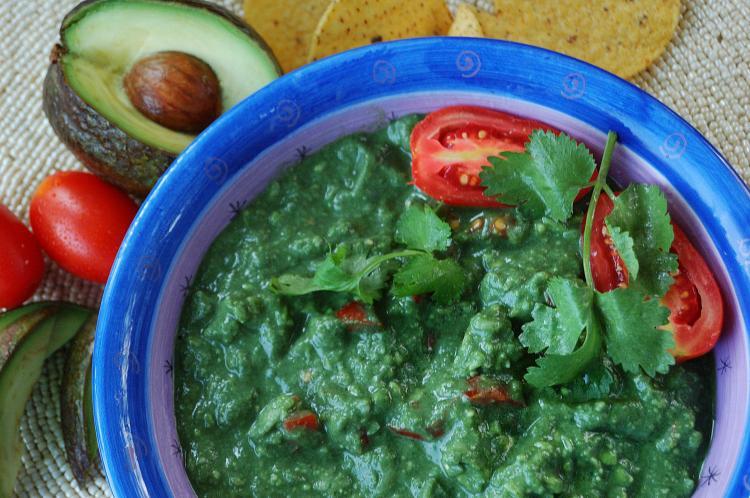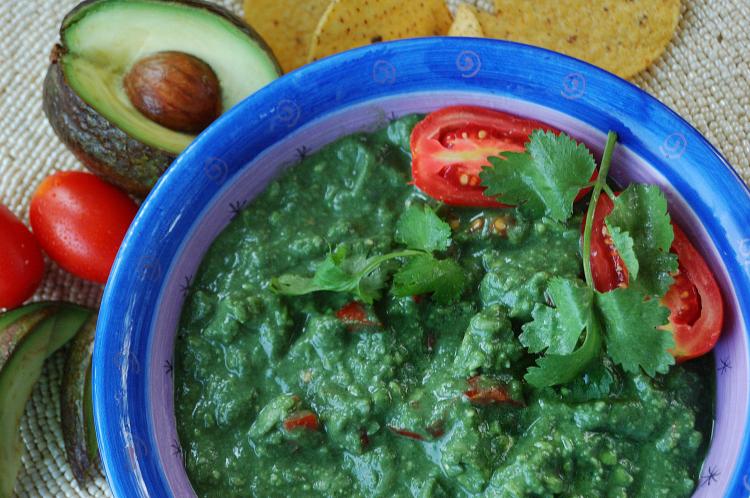Two popular snack foods, salsa and guacamole, could be risky eating according to the Centers for Disease Control and Prevention (CDC). One out of every 25 restaurant-associated food borne outbreaks between 1998 and 2008 can be traced back to contaminated salsa or guacamole.
That’s a rate that’s over double what it was in the previous decade, according to research released by the CDC at the International Conference on Emerging Infectious Diseases last month.
“Fresh salsa and guacamole, especially those served in retail food establishments, may be important vehicles of foodborne infection,” stated Magdalena Kendall, an Oak Ridge Institute for Science and Education (ORISE) researcher who collaborated on the CDC study in a press release.
Kendall added, “Salsa and guacamole often contain diced raw produce including hot peppers, tomatoes, and cilantro, each of which has been implicated in past outbreaks.”
According to the CDC, restaurants and delis were the settings for 84 percent of the 136 salsa and guacamole outbreaks, and such outbreaks accounted for 1.5 percent of all food establishment outbreaks between 1984 and 1997. The same figure more than doubled to 3.9 percent between 1998 and 2008.
Some possible causes include inappropriate storage times or temperatures and food workers.
That’s a rate that’s over double what it was in the previous decade, according to research released by the CDC at the International Conference on Emerging Infectious Diseases last month.
“Fresh salsa and guacamole, especially those served in retail food establishments, may be important vehicles of foodborne infection,” stated Magdalena Kendall, an Oak Ridge Institute for Science and Education (ORISE) researcher who collaborated on the CDC study in a press release.
Kendall added, “Salsa and guacamole often contain diced raw produce including hot peppers, tomatoes, and cilantro, each of which has been implicated in past outbreaks.”
According to the CDC, restaurants and delis were the settings for 84 percent of the 136 salsa and guacamole outbreaks, and such outbreaks accounted for 1.5 percent of all food establishment outbreaks between 1984 and 1997. The same figure more than doubled to 3.9 percent between 1998 and 2008.
Some possible causes include inappropriate storage times or temperatures and food workers.








Friends Read Free